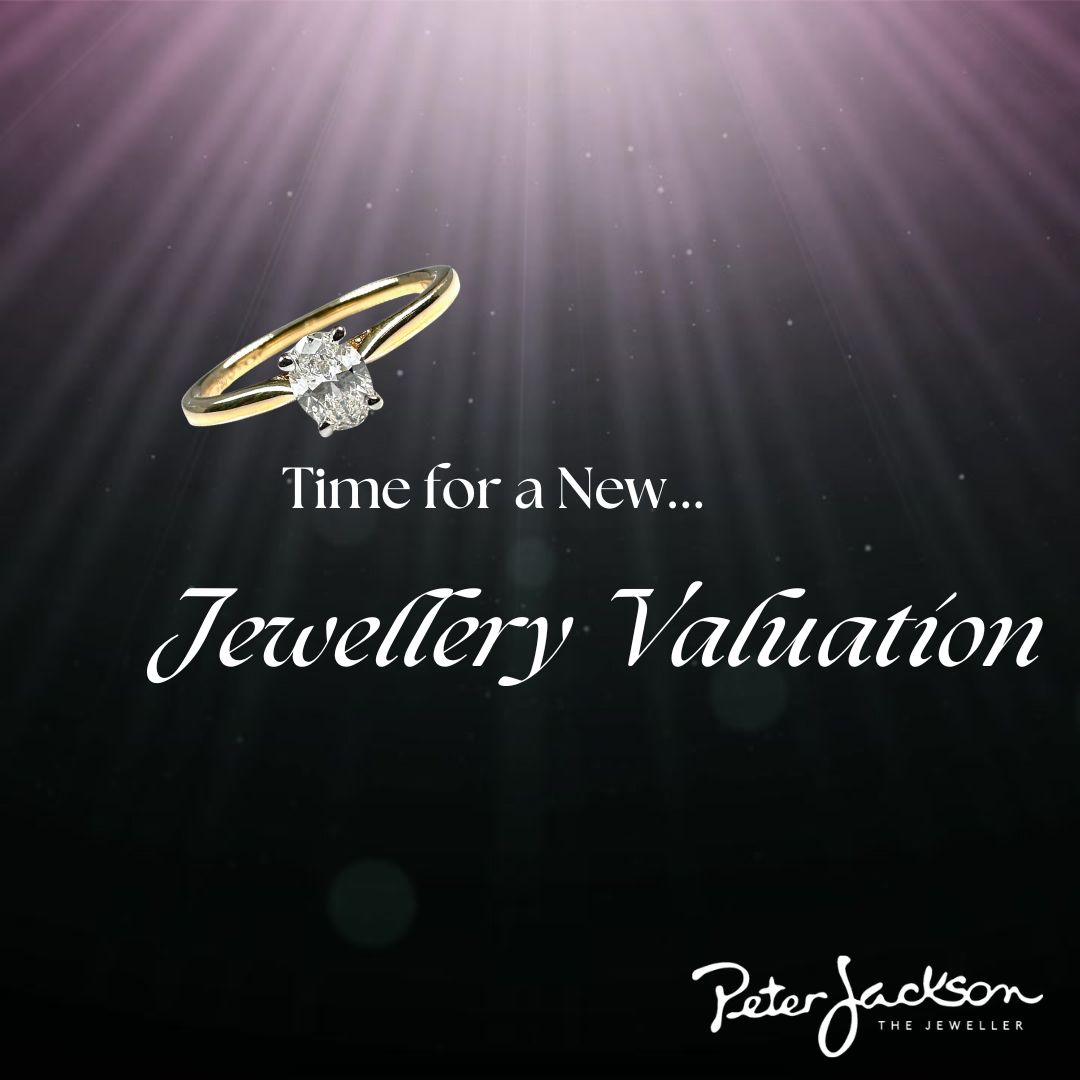What is Jewellery Valuation & why is It important?
A valuation is an in-depth assessment of a piece of jewellery or watch to gain an up-to-date value of the piece, whether this be for insurance, probate or family division. The assessment looks at when the item was first made, details of the materials that make up the item and current condition to create the current value. It also looks at the quality of the materials being used, i.e. if it’s a diamond, the grade or if it’s a gemstone, looking at the quality of the stone and how rare it is. There are lots of different elements that go into the process which is why it takes time and should be undertaken by a qualified specialist.
Why are valuations important?
Valuations should be a high priority in the upkeep of your precious items. If in the unfortunate event they are damaged, lost or even stolen, owning an up-to-date valuation will guarantee you regain the best up to date value should you be required to replace an item.
Insurance companies require in-depth details about your Jewellery and watches to insure them correctly, having an accredited valuation to hand will make this task much easier.
As a business we conduct valuation days a couple times a year where our lovely, trusted registered valuer Georgina Deer visits our store and accesses all our customers Jewellery. We are so lucky to have this as a company, other jewellers outsource their valuations and require sending them far away. This way we can keep your precious jewels safe. When you leave your items in our care they are carefully & safely stored, only accessed when our valuer visits for in store valuation days and monthly visits to H.O.

What is the process? (Jewellery)
- Visual Inspection
A visual inspection of the piece of Jewellery takes place as the first step, using an eye glass to have a good look at the item. During this the valuer is looking at the condition for any existing damage, how it’s been made, and any hallmarks, makers marks etc. This helps gather information and history about the item.
- Weighing
The item is simply put on the specialist scales to be weighed. This is then documented in the valuation document.
- Refractometer
For some pieces of Jewellery, a device called the Refractometer Is used, this measures the angle at which light passes through a gemstone. In scientific terminology this is called ‘refractive index’. In simplified terms this is just how much a gemstone bends light.
The valuer will use refraction fluid, a small amount is placed onto the gemstone, then it will be placed on the refractometer’s prism, a light will be shown and the angle at which the light emerges allows the refractometer to do its thing and measure the refractive index (the light bending). This gives the valuer a great first idea in identifying what kind of gem it is. For example, the stone in the picture is a Morganite, part of the Beryl family. The refractive index of a beryl stone is 1.57, and by looking at the stone visually it has the colouring of a Morganite too, this is how we determine what the stone is.

4: Measurements
The item is measured and written down for key information,
The size particularly if it is a diamond or gemstone can be significant in telling the value because as we know as you go up in carat weight this usually means that it goes up in value, depending on other factors.
Measurements of the length, width and depth are taken.
5: Calculating the carat weight
Using the measurements taken the valuer is then able to calculate the carat weight of a gemstone.
6: Photos
Photographs are taken at a couple of different angles to show the item in its true form as it was valued. This is later used as part of the document. Something so simple helps to identify a like for like replacement. Surprisingly, most people don’t have clear images of their jewellery, do you?

What is the process? (Watches)
Valuing a watch has slightly different elements to the process than with jewellery.
Any existing paperwork such as the warranty, receipt, box & papers are also important when it comes to accessing the item. All are considered when accessing.
1: The item much like jewellery is given a physical assessment for the condition and key information, such as the reference / model number and serial number, the movement type and general working order of the watch.
2: Research
Research into the watch online is done, to be able to find out if it’s a currently available watch or if you can buy something similar. It can also tell you how limited or in demand the time piece is. This helps to indicate whether it will be valued of the basis of replacement retail value. Valuers look at auction houses, second-hand and official stockists when gathering information.
3: Photos are taken
Photos are taken as part of the assessment for the same reasoning as Jewellery valuation. To be used in the documentation as part of the final valuation documentation to show what the watch looked like at the date of Valuation, to give a visual that goes with the information.

I hope this has given you a better insight into what happens to your precious jewels once you have left them in our care. If you are interested in booking in for a valuation or would like more information such as about our registered valuer Georgian Deer or our current prices and dates, then check our Valuations info page here:
